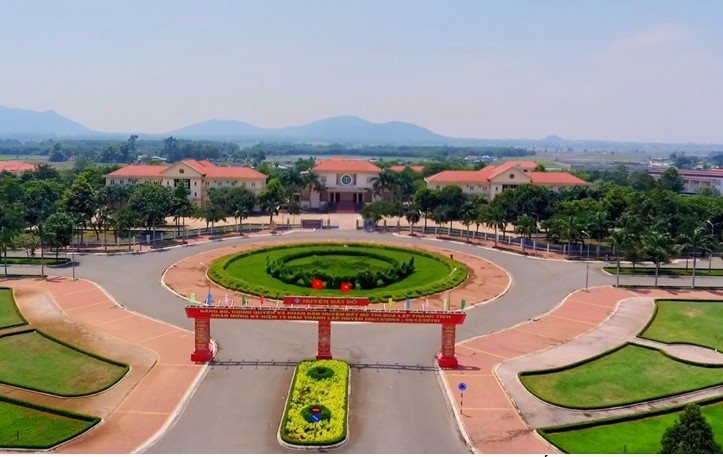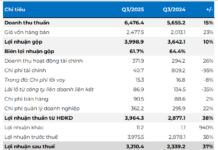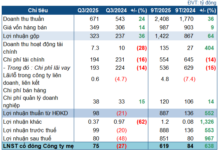
Image source: Ba Ria – Vung Tau Provincial Portal
On October 24, the National Assembly Standing Committee issued Resolution No. 1256/NQ-UBTVQH15 on the rearrangement of administrative units at the district and communal levels in Ba Ria – Vung Tau province for the period of 2023-2025. The resolution will take effect on January 1, 2025.
The resolution states that the National Assembly Standing Committee has decided to establish Long Dat district by merging the entire natural area of 77.67 km2 and a population of over 155,400 people from Long Dien and Dat Do districts.
According to the Department of Home Affairs of Ba Ria – Vung Tau province, Long Dat was the name of the administrative unit that existed since May 1951. At that time, the province of Ba Ria-Cho Lon (abbreviated as Ba Cho) was established, and Long Dat district was formed by merging Long Dien and Dat Do districts into Long Dien – Dat Do district (abbreviated as Long Dat).
After several divisions and mergers of the two districts in history, on December 9, 2003, the Government issued Decree No. 152/2003/ND-CP, dividing Long Dat district into Long Dien and Dat Do districts. Thus, Long Dat district was re-established after more than 20 years of separation.
After its establishment, Long Dat district will have an area of over 267 km2 and a population of over 241,500 people.
Long Dat district borders Chau Duc district, Xuyen Moc district, Ba Ria city, Vung Tau city, and the East Sea.
The resolution also arranges the administrative units at the communal level in Long Dat district. Specifically, Tam An commune is established by merging the entire natural area and population of An Nhut, An Ngai, and Tam Phuoc communes; merging the entire natural area and population of Loc An commune into Phuoc Hoi commune; and merging the entire natural area and population of Long My commune into Phuoc Hai town.
Thus, after the rearrangement, Long Dat district will have 11 administrative units at the communal level, including 7 communes: Lang Dai, Long Tan, Phuoc Hoi, Phuoc Hung, Phuoc Long Tho, Phuoc Tinh, and Tam An; and 4 towns: Dat Do, Long Dien, Long Hai, and Phuoc Hai.
In addition, Resolution No. 1256/NQ-UBTVQH15 also rearranges the communal-level administrative units in Ba Ria city. Specifically, Phuoc Hiep ward is merged into Phuoc Trung ward. After the merger, Ba Ria city will have 10 administrative units at the communal level, including 7 wards and 3 communes.
Furthermore, Ba Ria – Vung Tau province will establish Kim Long town, under Chau Duc district, with a total natural area of over 22 km2 and a population of over 15,100 people, from Kim Long commune. After the establishment of the town, Chau Duc district will have 16 administrative units at the communal level, including 14 communes and 2 towns.
How Many Wards and Communes Are There in Hanoi After the Merger?
The restructuring of Hanoi’s communal-level administrative units has resulted in a streamlined structure. The city now boasts 12 dynamic districts, 17 vibrant counties, one thriving township, and 526 communal-level administrative units. This new organization positions Hanoi for enhanced efficiency and effective governance, fostering a brighter future for all its residents.












































